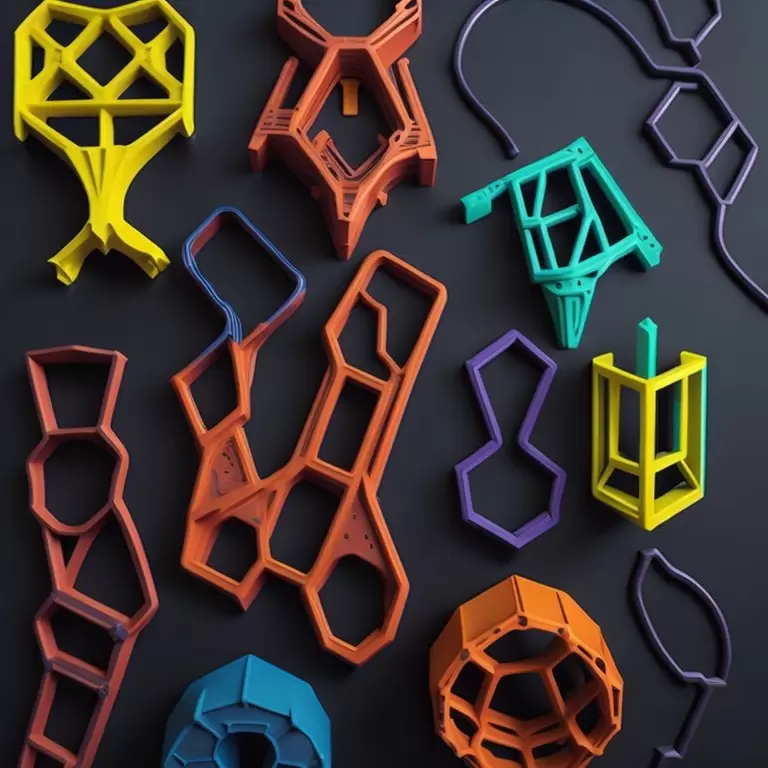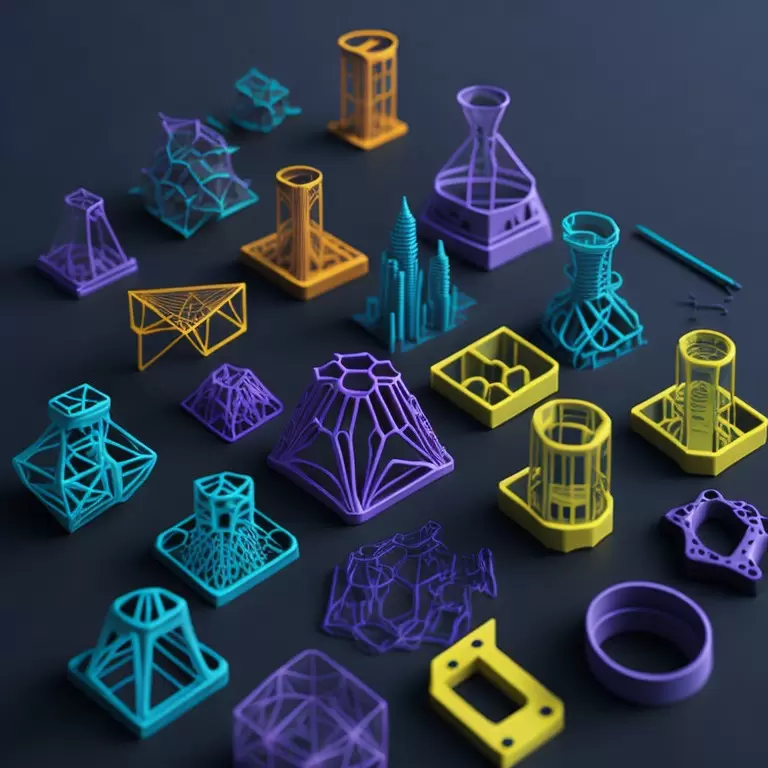Table of Contents:
- Introduction
- Advantages of SLA 3D Printing Parts
- Applications of SLA 3D Printing Parts
- Considerations for Using SLA 3D Printing Parts
- Future Trends in SLA 3D Printing Parts
- Conclusion
-
1. Introduction
Stereolithography (SLA) is a type of 3D printing that uses light to create highly-accurate and precise parts. Unlike other types of 3D printing, SLA uses a liquid resin that is hardened by a UV laser, resulting in a highly-detailed and complex part.
SLA 3D printing parts offer many advantages over traditional manufacturing methods, making them a popular choice across various industries. In this article, we will explore the advantages of SLA 3D printing parts, their applications in various industries, considerations for using them, and future trends in this technology.
-
2. Advantages of SLA 3D Printing Parts
SLA 3D printing parts offer many advantages over traditional manufacturing methods. Here are some of the key advantages:
- High Accuracy and Precision: SLA 3D printing produces highly-accurate and precise parts, with details and features that are often impossible to achieve using traditional manufacturing methods.
- High Quality Surface Finishing: SLA 3D printing produces parts with a high-quality surface finish, which often eliminates the need for post-processing finishing.
- Supports Intricate and Detailed Designs: SLA 3D printing can produce parts with intricate and detailed designs that are difficult or impossible to achieve with traditional manufacturing methods.
- Versatile Material Selection: SLA 3D printing supports a wide range of materials, including resins that are suitable for prototyping and end-use parts.
-
3. Applications of SLA 3D Printing Parts
SLA 3D printing parts have a wide range of applications across various industries. Here are some of the key applications:
- Medical Industry Applications: In the medical industry, SLA 3D printing is used to create customized implants, dental models, surgical guides, and prosthetics.
- Automotive Industry Applications: SLA 3D printing is used in the automotive industry to produce prototype parts, casting patterns, and jigs and fixtures, among others.
- Aerospace Industry Applications: In the aerospace industry, SLA 3D printing is used to produce lightweight and complex parts, which improve fuel efficiency and reduce material waste.
- Manufacturing Industry Applications: In the manufacturing industry, SLA 3D printing is used for tooling and mold-making, as well as producing production parts.
- Consumer Products Industry Applications: SLA 3D printing is used in the consumer products industry to produce customized and unique products, such as jewelry and accessories.
-
4. Considerations for Using SLA 3D Printing Parts
When using SLA 3D printing parts, there are several considerations to keep in mind. These include design considerations, material selection, finishing and post-processing requirements, and costs and lead times.
- Design Considerations: Unique design considerations apply when using SLA 3D printing, such as the need for supports and clearances in the design.
- Material Selection: Choosing the right material is essential to ensure the final product’s durability, strength, and performance.
- Finishing and Post-Processing Requirements: Additional finishing and post-processing may be required to achieve the desired surface finish, texture, and color.
- Costs and Lead Times: SLA 3D printing parts can be more expensive and time-consuming than traditional manufacturing methods. Still, the unique capabilities and advantages it provides make it an attractive option for many applications.
-
5. Future Trends in SLA 3D Printing Parts
As technology advances, SLA 3D printing parts will continue to become more versatile, efficient, and accessible. Here are some of the future trends we can expect in SLA 3D printing parts:
- Integration with AI and Robotics: The integration of AI and robotics will streamline the printing process, reduce lead times, and improve the quality of the final product.
- Advancements in Material Selection: New materials and composites will continue to be developed, presenting more opportunities to produce durable and high-quality parts.
- Shift towards Sustainable Materials: The increasing focus on sustainability will drive the development of more environmentally-friendly materials and manufacturing methods.
- Growing Role in Rapid Prototyping: SLA 3D printing will continue to play a significant role in rapid prototyping, enabling designers to quickly and efficiently test and refine their designs.
If you need about Stereolithography (SLA) 3D Printing service,You can click on the V1 Prototype website to find it:SLA Parts In As Soon As Next-Day; High-Quality Surface Finish For Aesthetic Models;Durable, Versatile Materials With Tight Tolerances.

-
6. Conclusion
In conclusion, SLA 3D printing parts provide many advantages over traditional manufacturing methods, including high accuracy and precision, high-quality surface finishing, and versatility in material selection. They have a wide range of applications across various industries, including the medical industry, automotive industry, aerospace industry, manufacturing industry, and consumer products industry. Incorporating SLA 3D printing requires careful consideration of design, material selection, post-processing requirements, lead times, and costs. With advances in technology, we can expect to see increased efficiency and versatility in SLA 3D printing, making it an attractive option for many businesses and industries.




